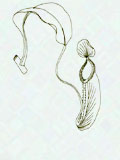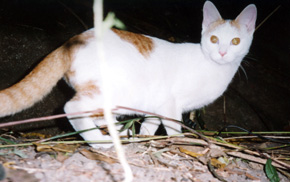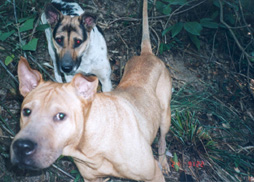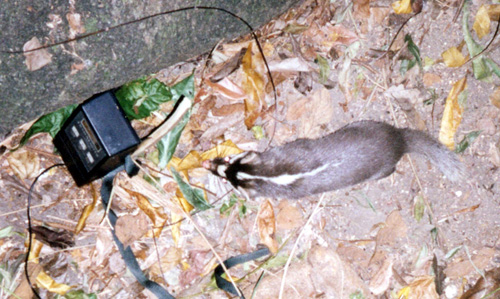

 |
 |
Vertebrates
| A view to a kill - the mythologisation progress in action | |
| Wildlife around the HKU campus? | |
| An Ardeid population of regional importance | |
| Should Hong Kong's freshwater fishes be protected by law? |
Wildlife around the HKU campus?
by Elsa Lee
Many people are unaware of the rich mammal diversity around the main campus of HKU. During the mammal survey which formed my final year undergraduate project, starting last September, I found that there are many exciting mammals living around the crowded campus where we go every day.
The mammal survey was conducted both within the campus and on the hill (Lung Fu Shan) behind University Drive. The study aimed at recording the mammalian fauna of this urban fringe site, which is sandwiched between a highly urbanized area (Shek Tong Tsui) and the Lung Fu Shan Country Park. Both live-trapping and camera-trapping methods were used. Two types of traps were selected for live-trapping, plastic Trip-Trips baited with mealworms and modified metal traps, developed by Kylie Chung, baited with fried bread. The traps were placed within forest patches on the campus and in the more extensive forest above University Drive. Two types of camera were used for camera-trapping, the TrailMaster unit and the Wildlife Two set. These camera-traps were only placed in the uphill region, and they took photographs whenever the sensors detected movements in front of them.
After more than a month of surveys, the live and camera trapping recorded a total of nine species of mammals. Small mammals, especially rodents, dominated the fauna within the built-up region of the campus, including the characteristic urban species, the Roof Rat (Rattus rattus), the House Shrew (Suncus murinus), Pallas’s Squirrel (Callosciurus erythraeus thai), and feral cat (Felis catus), as well as the non-urban Sikkim Rat (R. sikkimensis). In the uphill region, within 100 m of University Drive, there were more large mammals, including at least three different individual Masked Palm Civets (Paguma larvata), a Ferret Badger (Melogale moschata), feral cats (Felis catus), and feral dogs (Canis familiaris), along with the Chestnut Spiny Rat (Niviventer fulvescens), Sikkim Rat, House Shrew and Pallas’s Squirrel. A tenth mammal species, the Grey Shrew (Crocidura attentuata), has previously been recorded at this site.
Many of the mammals are nocturnal and have a secretive lifestyle. However, if you know the place and how to look for them, these amazing animals can be found surrounding us.
 |
 |
|
A feral cat
|
Feral dogs
|
 |
|
A Ferret Badger
|
 |
|
A
Sikkim Rat ‘caught’ by a camera trap after taking bait.
|
|
|
P.12 |
|
Porcupine! |
 Copyright © 2000 |